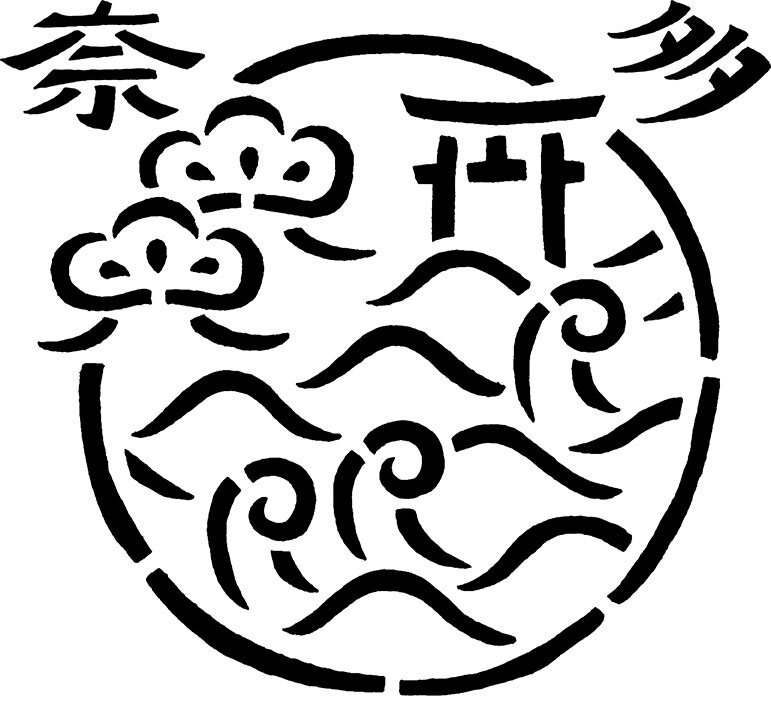

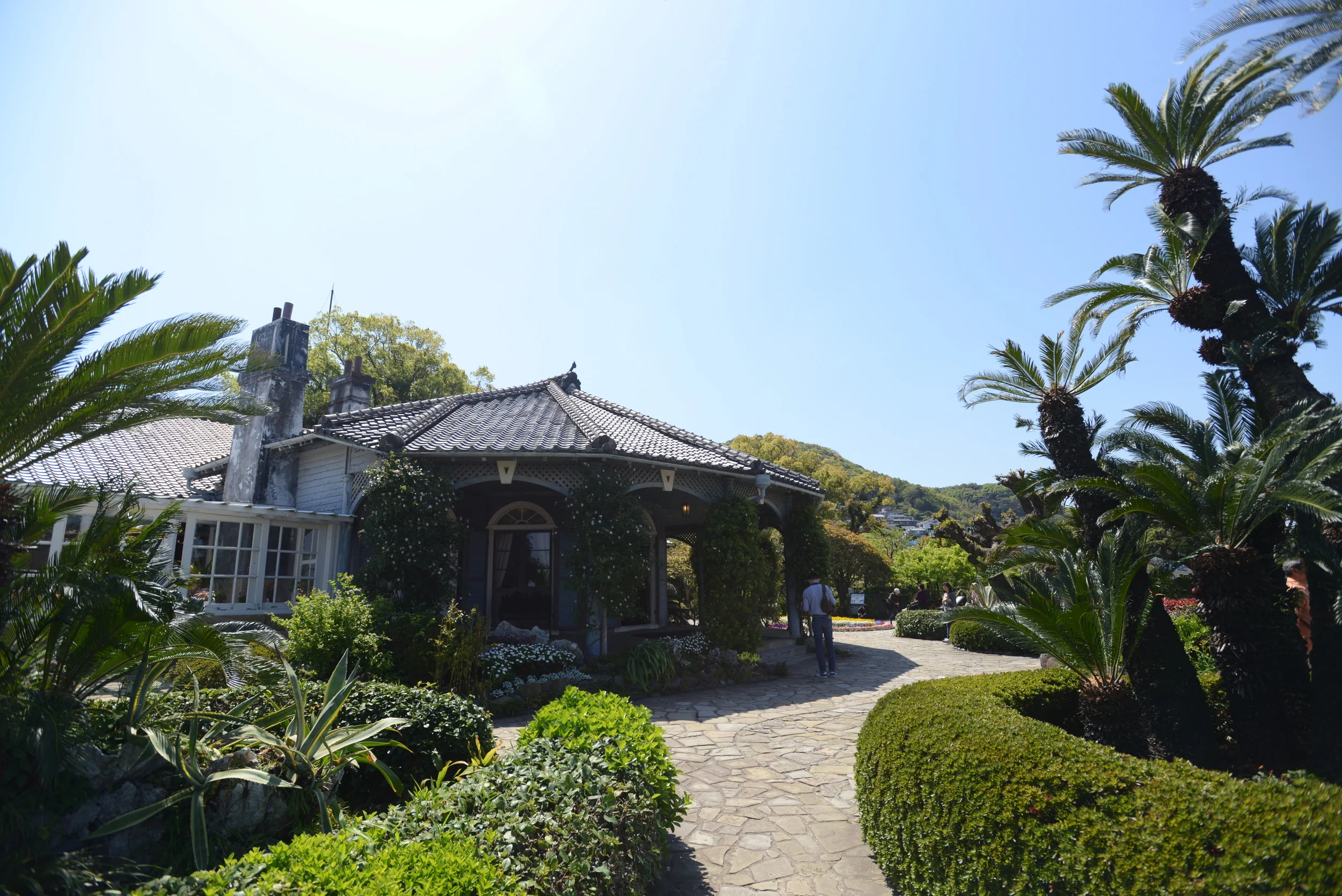
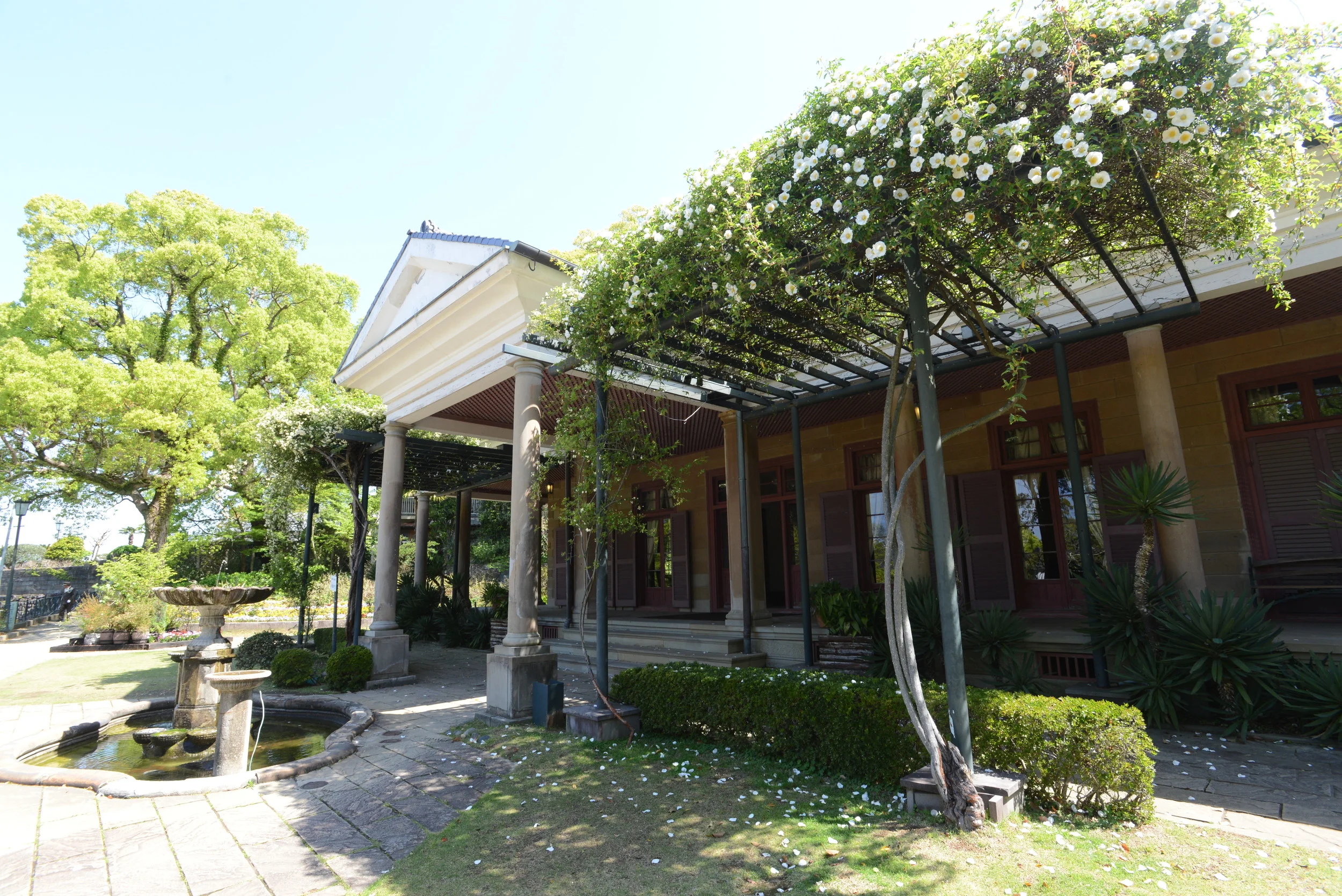
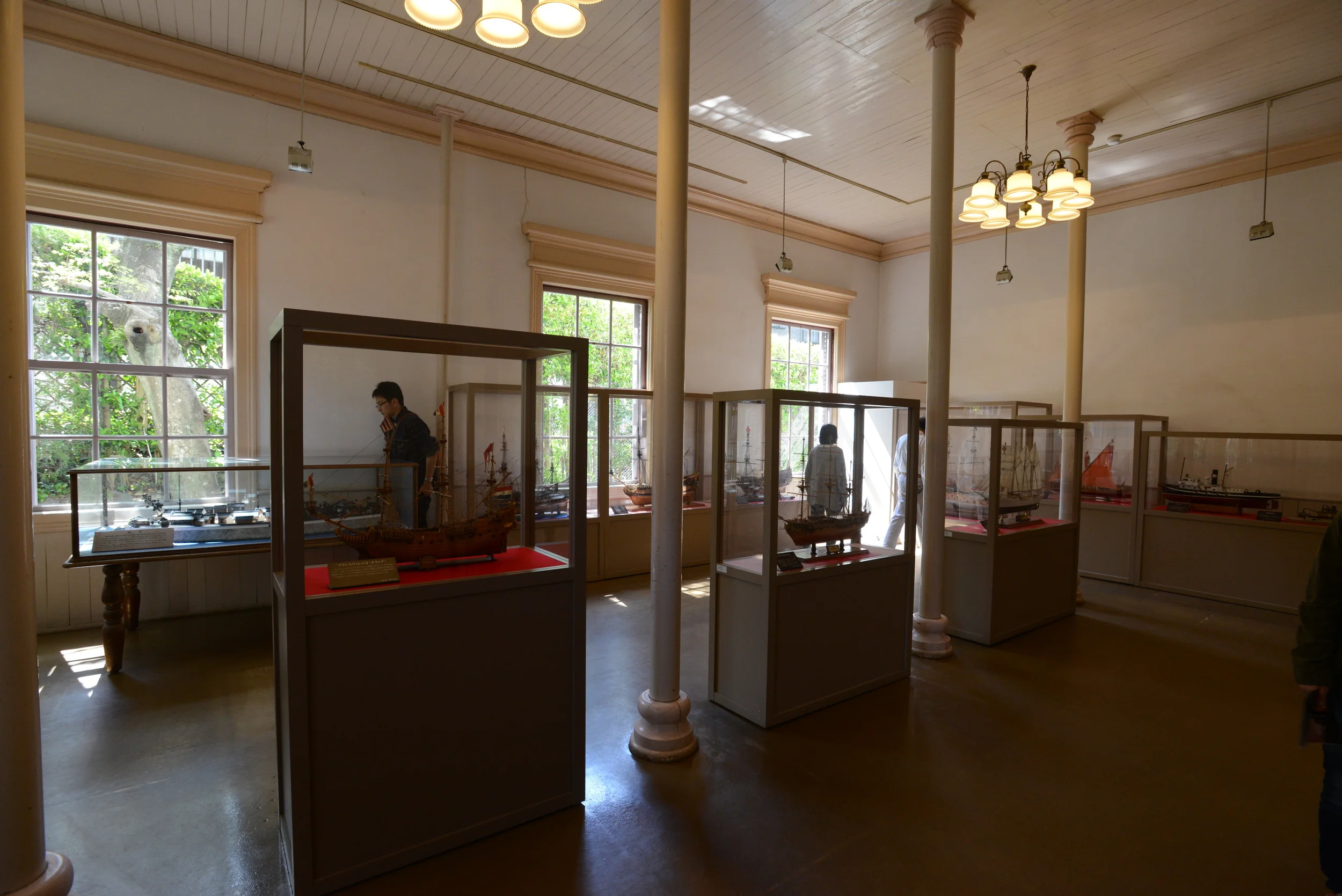

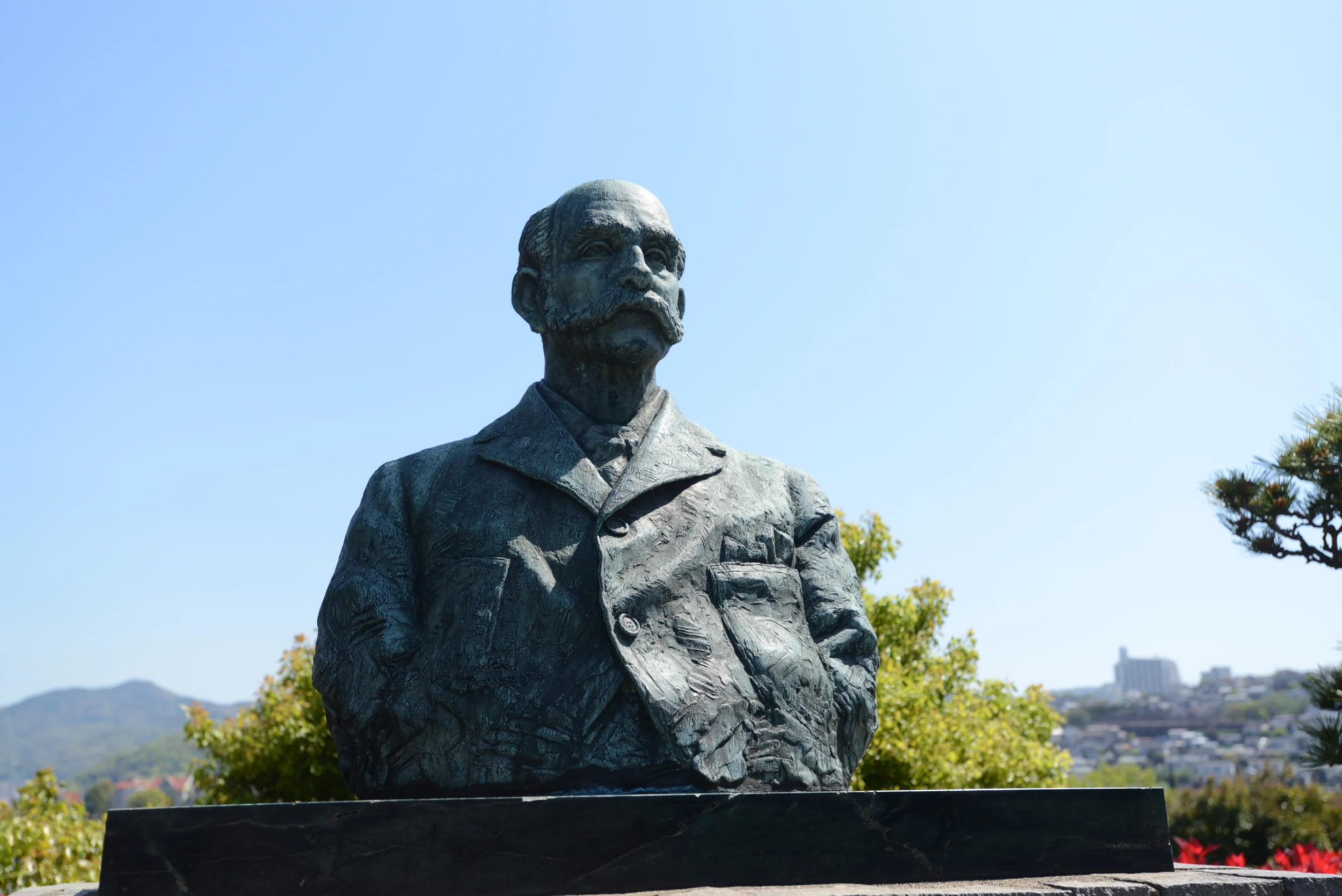
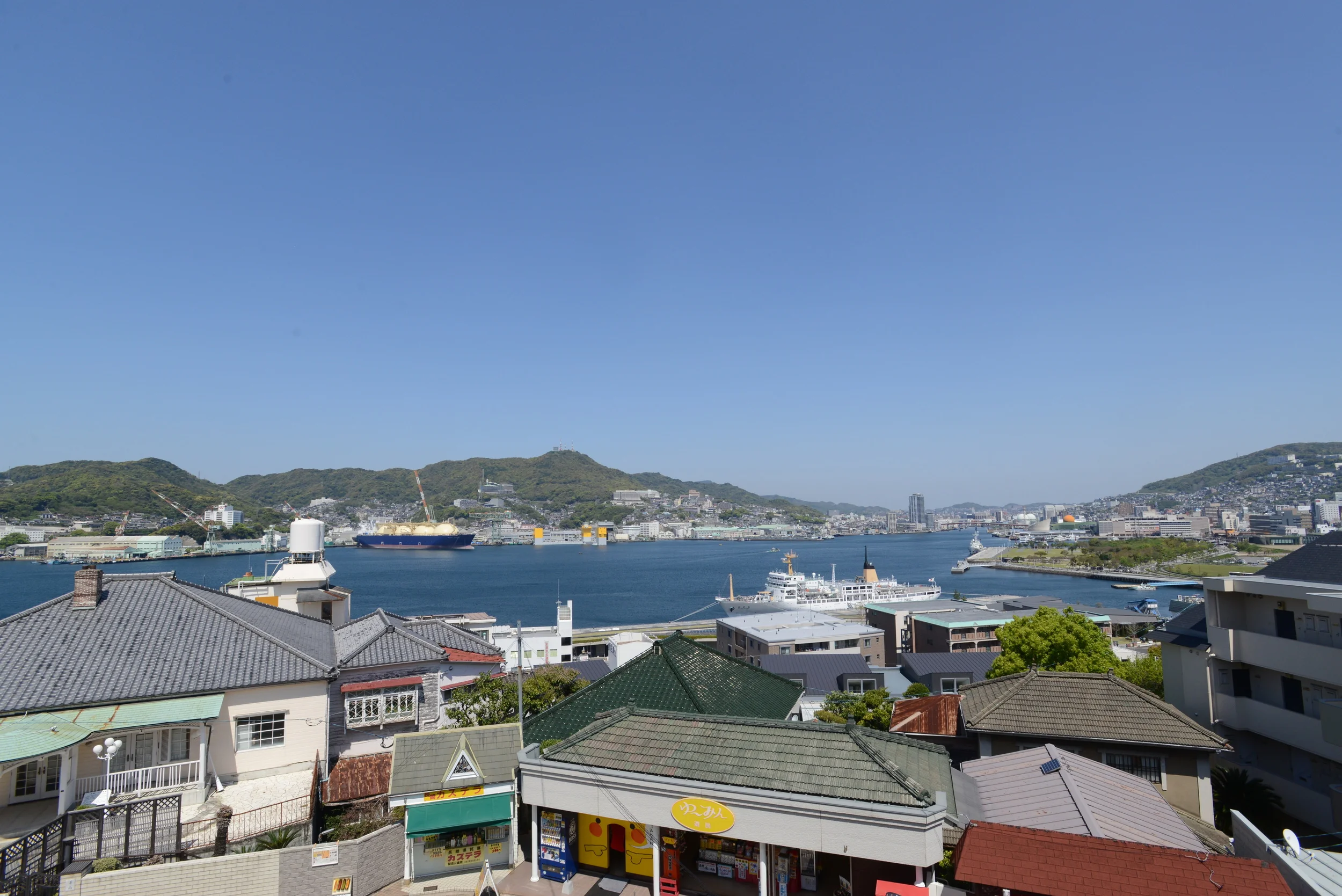
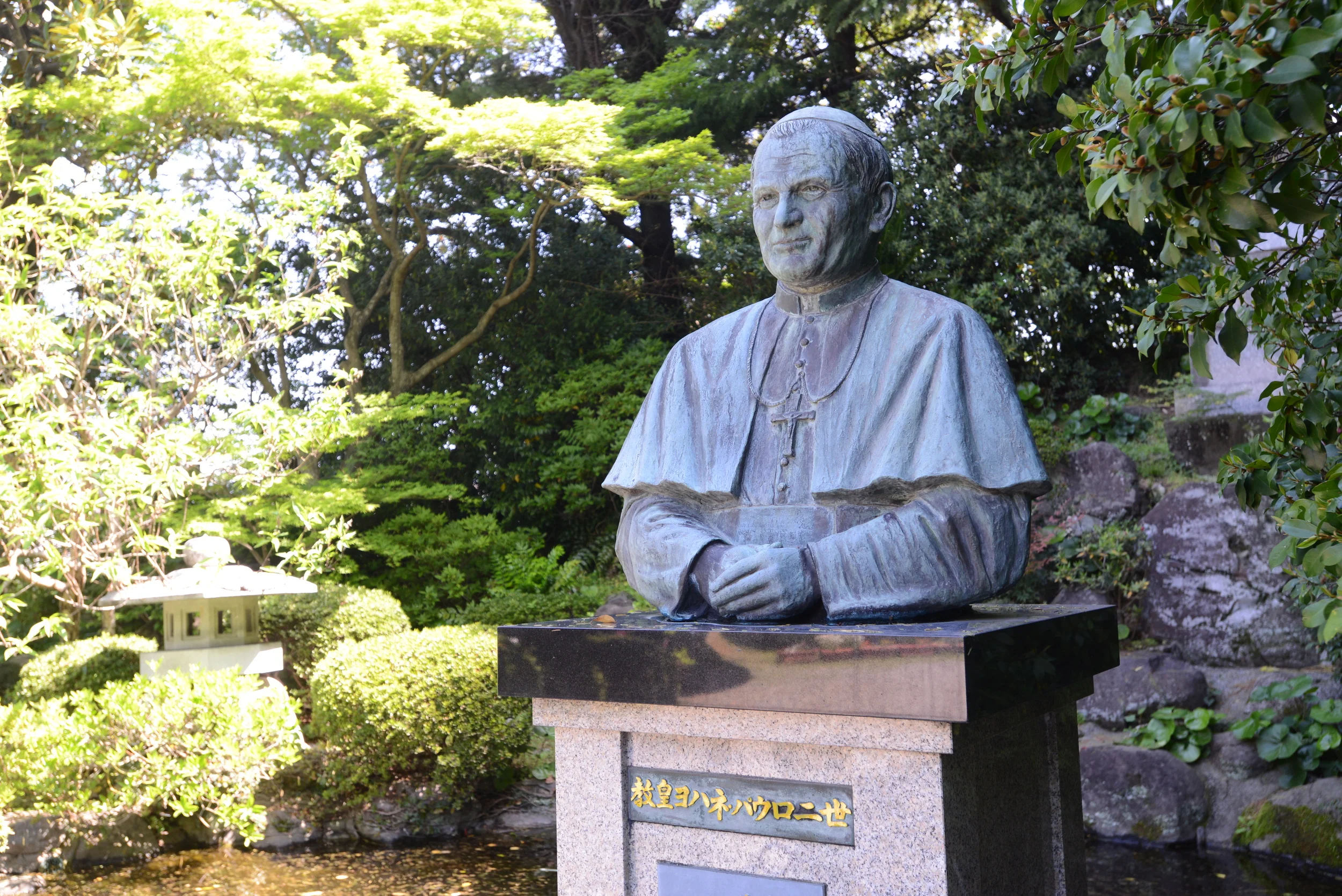
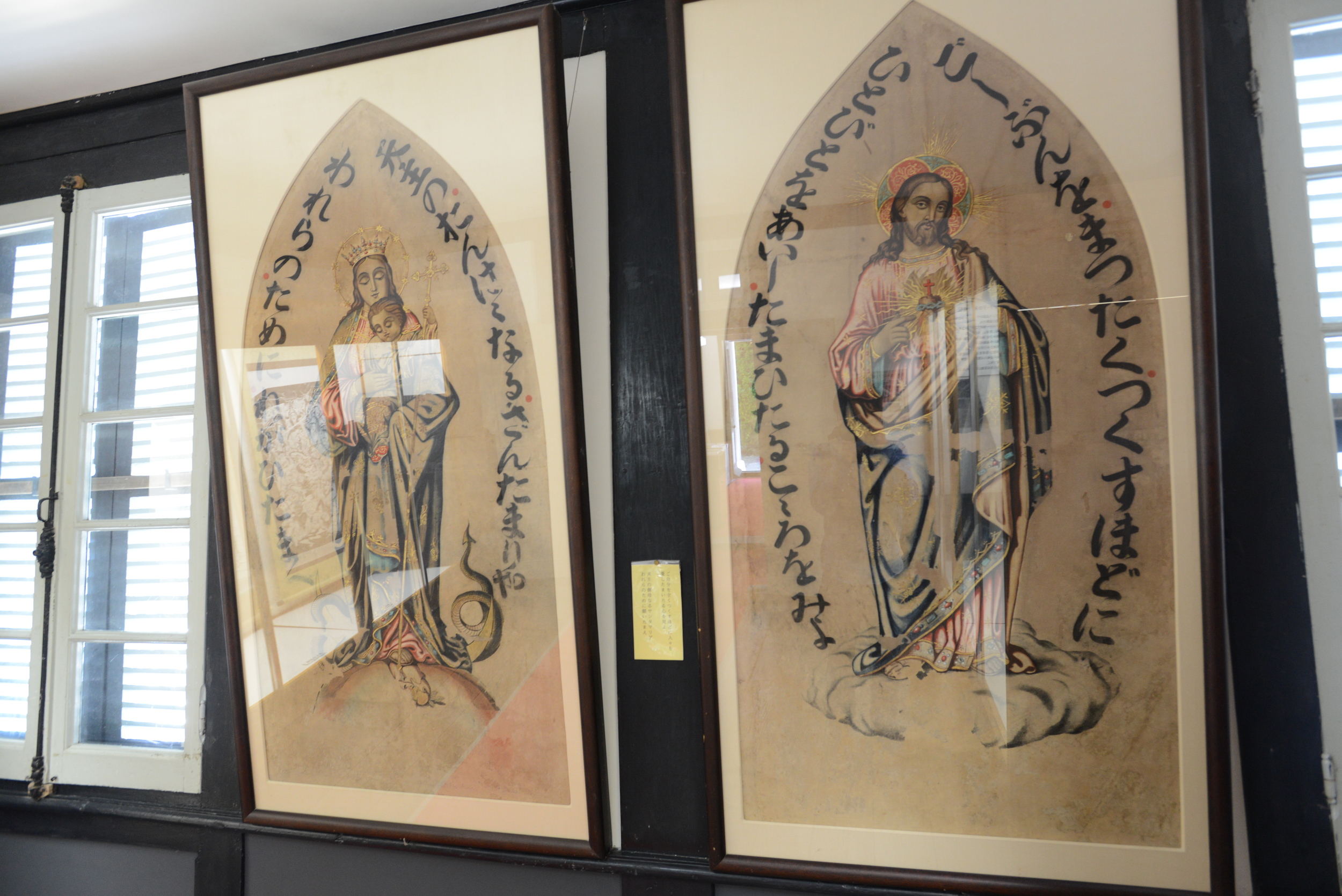
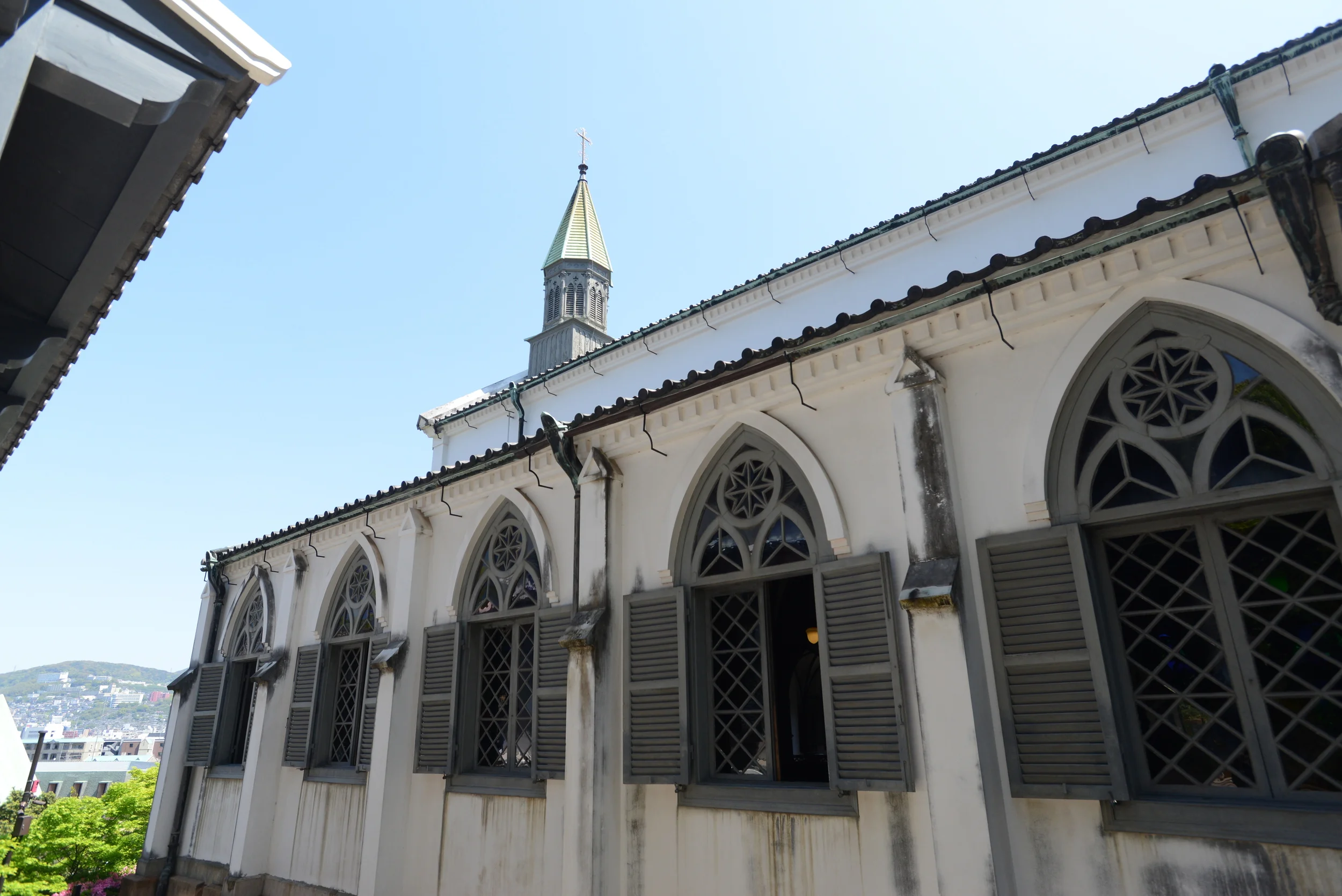

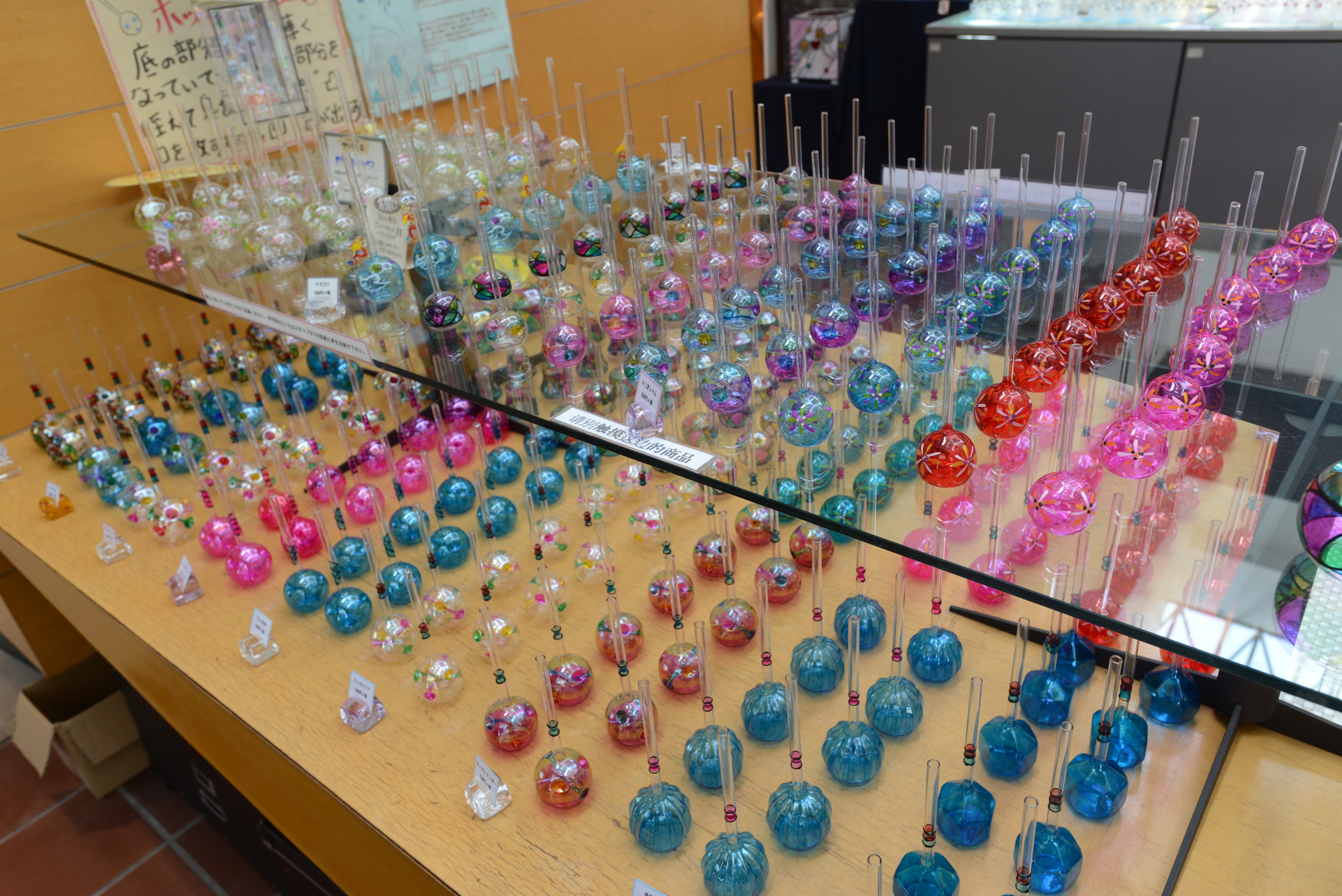
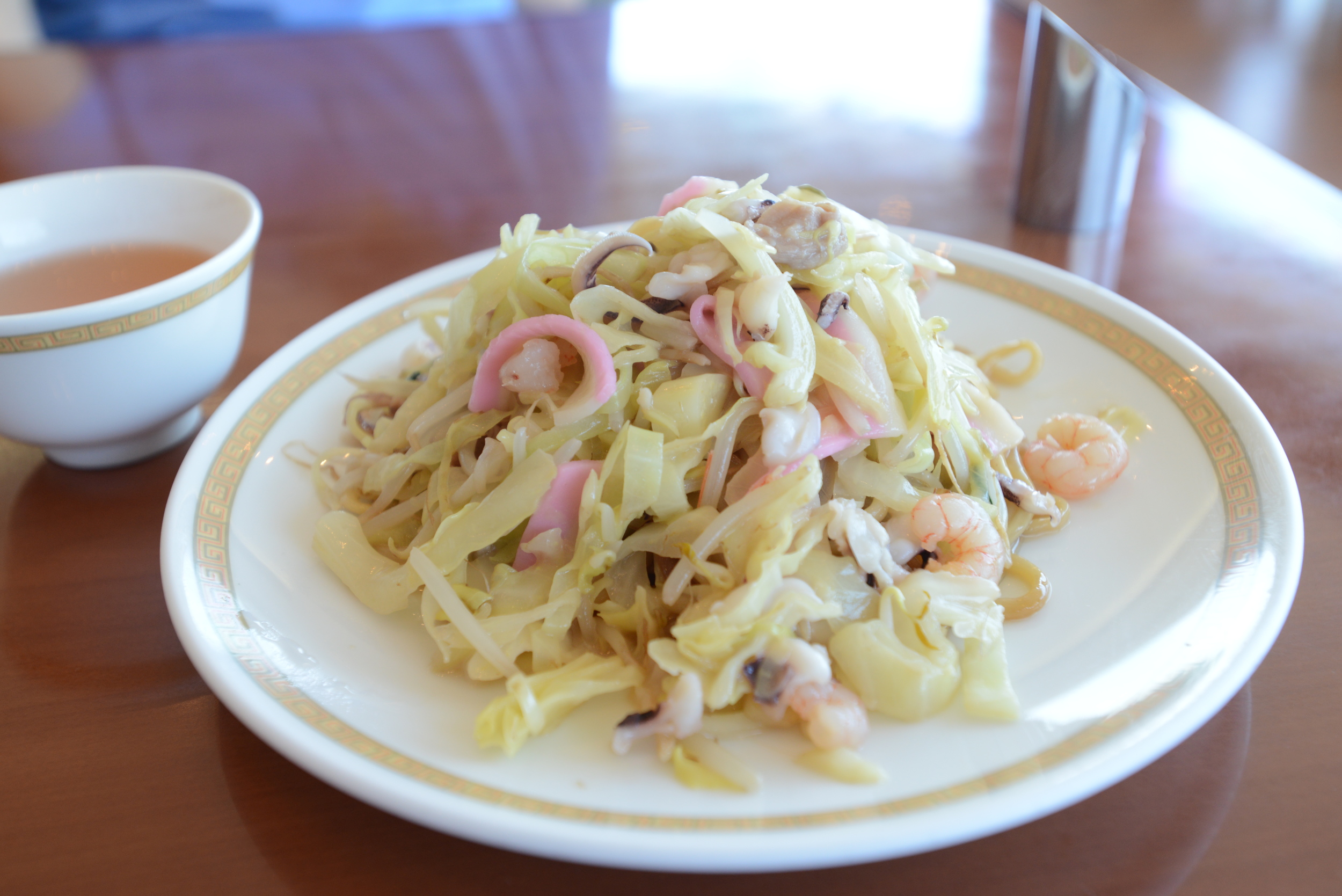
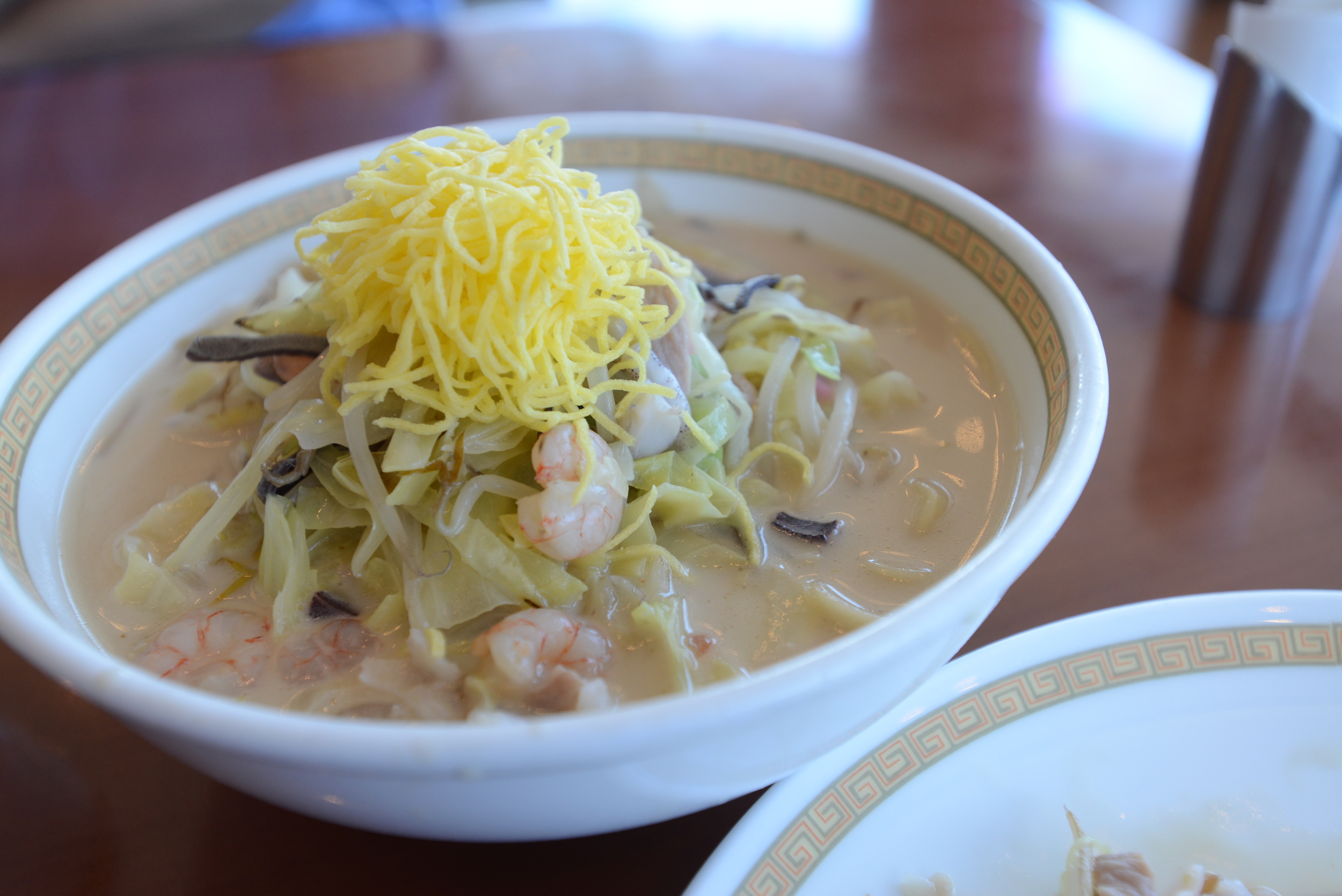
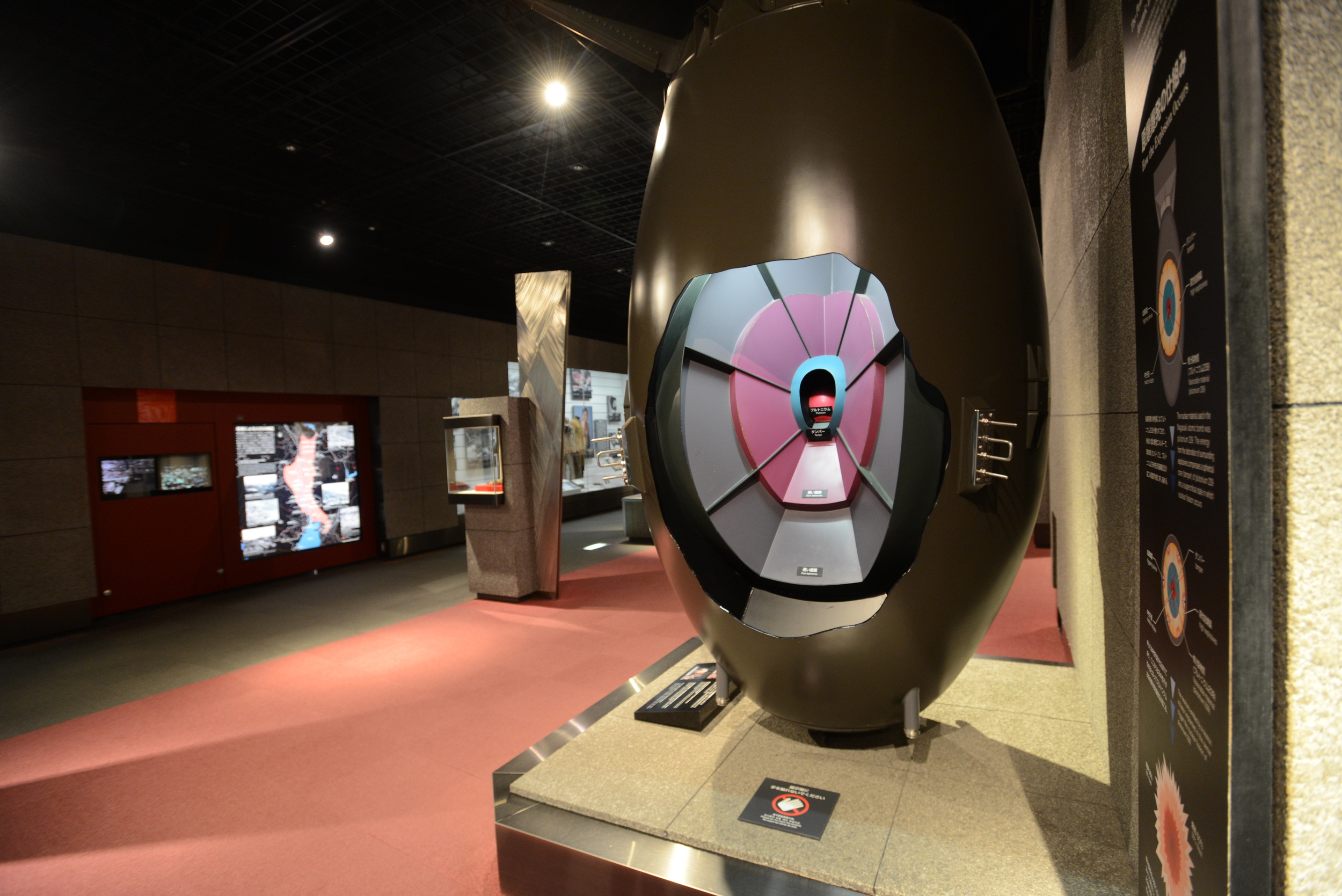

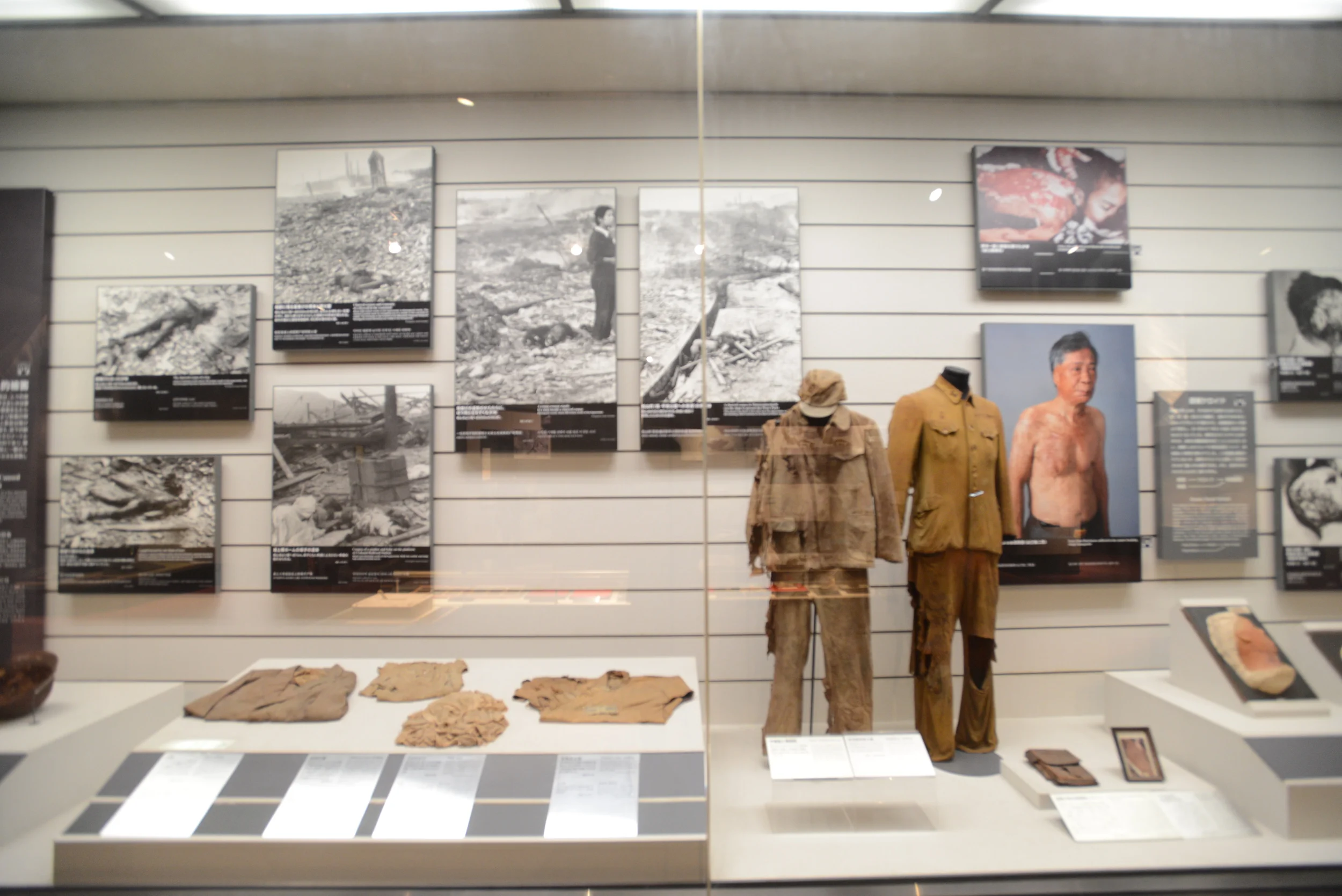

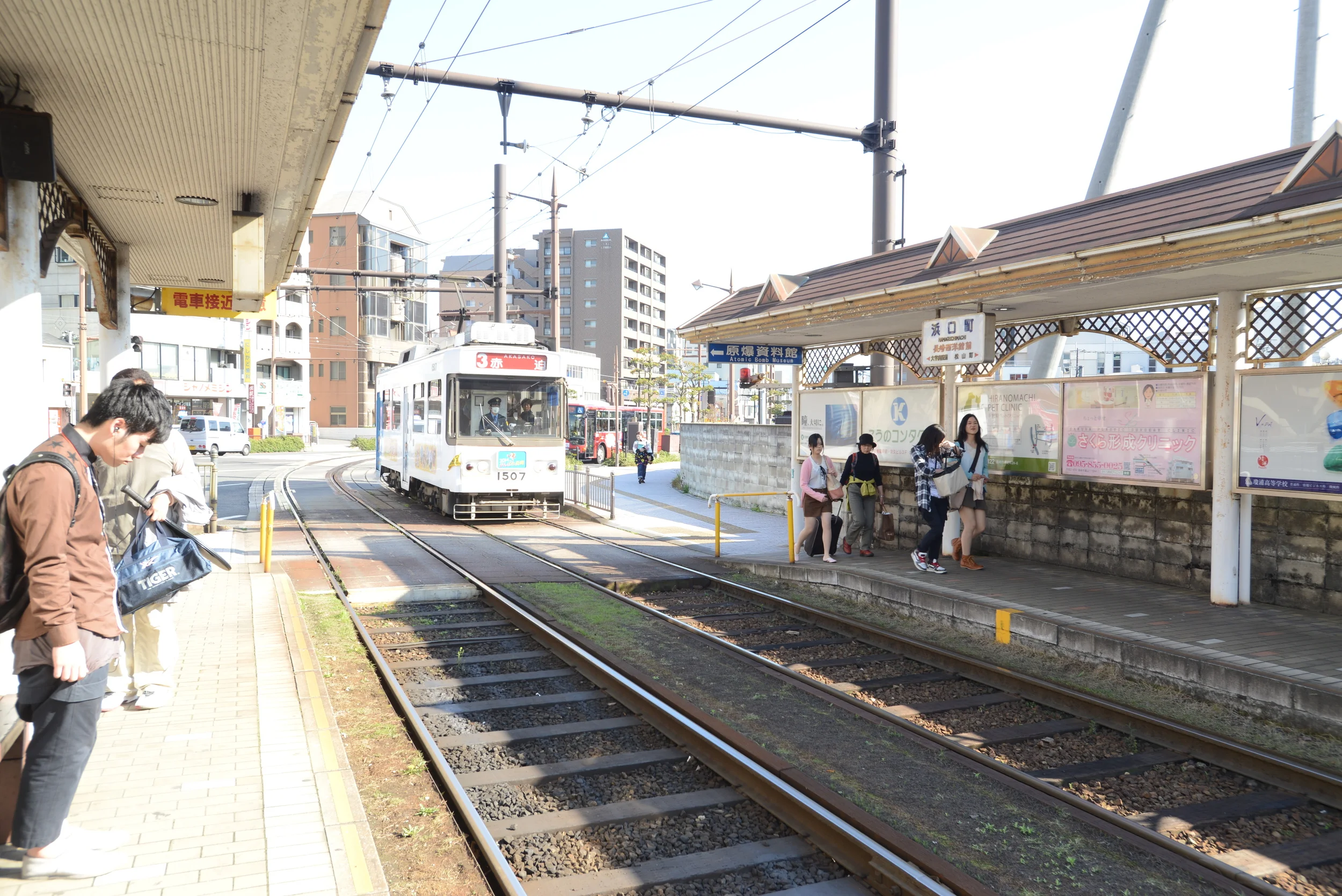
Nagasaki then & now
Photos and story by Tetsuo Nakahara - Published on Stripes Japan
Nagasaki was Japan’s first prefecture to open its doors to the outside world in the 19th century. Today, the Western influences of those early years are preserved in the many historic sites and buildings in its capital, Nagasaki City. This makes it a unique Japanese city and a great year-round travel destination.
To accommodate an influx of traders and entrepreneurs in 1859, authorities designated a special area for foreigners to live called the Nagasaki Foreign Settlement where they built houses, schools and more. This area remains home to many of these historic attractions just two hours by car from Sasebo Naval Base.
Glover Garden is one of these must-see sites that offers a glimpse into how Europeans lived in southern Japan in days of old. It also shows how Westerners developed their businesses in Japan. The historical area is named after Thomas Blake Glover (1838-1911), who travelled from Scotland and made his fortune running the first British trading house in Japan.
Comprised of several structures from that era that were later relocated near Glover’s actual home and garden, the park sits on top of a hill with a panoramic view of Nagasaki Bay and downtown. For 610 yen ($6.10) or 180 yen for children, you can tour the manicured grounds with its gorgeous flowers and unique Japanese-tinged Western-style buildings.
The Glover house itself was built in 1863. It’s the oldest Western-style house in Japan and a designated cultural asset. Historical buildings that were later moved there include the Mitsubishi No. 2 Dock House, the former home of a Nagasaki District Court president and Steele Memorial School.
Each building is furnished as it would have been back in the day, so visitors can get a glimpse of the 19th century life of luxury experienced by some Western business pioneers in Japan.
It takes about an hour and a half to tour the entire site. I recommend going in the morning on a clear sunny day to catch an amazing view from the garden.
While visiting Glover Garden, you should check out Oura Catholic Church, a designated national treasure located just behind the park. The church was constructed in the Gothic style in 1865 and is the oldest wooden church still standing in Japan. Admission for adults is 300 yen and 200 yen for children.
The official name of the church is “Oura Catholic Church, The Church of 26 Martyrs.” It was built by the Foreign Missionary Church of Paris in dedication to 26 martyrs killed for their faith on Nishizaka Hill, according to Nagasaki City Tourism Association publications. It was seriously damaged by the atomic bomb blast in 1945, but has since been restored and is considered a Nagasaki City symbol today.
Oura Catholic Church is also known as the church that discovered the “Kakure Kirishitans,” or “Hidden Christians.” These were secrete believers whose existence surprised people here and abroad when they began revealing themselves after the church was built. Tens of thousands secretly kept and passed on their faith under more than two centuries of persecution during Japan’s isolation.
I highly recommend stopping by the small museum next to the church. It has many historical documents, drawing and artifacts related to this church and its history.
Of course, no visit to Nagasaki City would be complete without taking in its more recent wartime history.
Nagasaki Atomic Bomb Museum draws many visitors from all over the world. The atomic bomb that the United States dropped on Nagasaki In 1945 destroyed most of the city, took more than 73,000 lives and injured more than 74,000 people. Many survivors are still living in the area.
The museum was opened in 1996 as part of 50th anniversary of the bombing. There are a number of artifacts related to the atomic bomb on display as well as historical photographs and damaged items left in the wake of the devastation. There are movies and a library available, too. English-language audio guides are available for 150 yen.
While this museum is must-see tourist attraction, it isn’t for everyone. When I was in town a local elderly lady was kind enough to give me directions, but then admitted she had yet to visit it herself.
“It’s still just too much sorrow,” she told me. “I just can’t go there.”
After visiting the Atomic Bomb Museum, I took a 5-minute walk to nearby Peace Park. The 30-foot-high Peace Statue stood in the scenic park under a blue sky pointing upward – a symbol of Nagasaki citizens’ hope for peace.
Glover Garden
Tel: 095-822-8223
Address: 8-1 Minamiyamate, Nagasaki city, Nagasaki
Hours: 8 a.m. – 6 p.m.
URL: www.glover-garden.jp/foreign/english.html
Oura Catholic Church
Tel: 095-823-2628
Address: 5-3 Minamiyamate, Nagasaki city, Nagasaki
Hours: 8 a.m. – 6 p.m.
City history in a nutshell
Nagasaki’s unique international history goes back to 1550 when a Portuguese ship sailed into Hirado harbor in the northern part of Nagasaki. The Portuguese started to preach Christianity in Nagasaki, from where it spread to other parts of Japan.
In 1571, the Japanese government officially opened a port in Nagasaki for trading with other nations such as Portugal, China and Netherlands.
By the 1630s, however, the Japanese government had outlawed Christianity and started the Sakoku (literally, chained country) Policy. It closed Japan’s seaports to the rest of the world and made entering or leaving the country punishable by death.
During this isolation period, Nagasaki was designated as the only port where trade with foreign countries was permitted, according to Nagasaki Prefectural Tourism Federation.
The closed-door policy continued for more than 200 years until the “Black Ships” led by U.S. Commodore Matthew Perry arrived at Uraga Port in Yokosuka in 1853, eventually convincing Japan to open its ports to trade.
Ships from various countries soon started coming to Japan with merchants in search of new business opportunities. In 1859, the port of Nagasaki along with Yokohama and Hakodate opened its door for free trade with other countries, ending more than 200 years of isolation.
Martyrs, hidden Christians
The Catholic missionary Fracisco Xavier (1506-1552) brought the Christian faith to Japan in 1549. For a while, it was supported by feudal lords and imperial government.
The feudal lord Toyotomi Hideyoshi (1536-98), however, saw that such proselytizing proceeded the colonization of the Philippines and Macao, and considered it a national threat. He banned the religion in 1596 and started persecuting Christians.
The following year, 26 Christians who refused to abandon their faith were executed by crucifixion on a Golgotha-like hill, called Nishizaka in Nagasaki. They included young boys, such as Ludovico Ibaraki, 12; Antonio, 13; and Thomas Kozaki, 14.
According to a report by Rev. Louis Frois who witnessed their crucifixions, a supervisor who saw their innocent faces tried to help them by advising them to abandon the faith. But the boys refused. Paulo Miki, another martyr, gave his last sermon to 4,000 onlookers as he was crucified, according to “Historia Ecclesiae Japoniae Martyrum Sanguine Foecundatae” (“The History of Christian Martyrdom, Japan”).
The group became Japan’s first Christian martyrs and were canonized as saints by the Roman Catholic Church in 1862. The Foreign Missionary Church of Paris built Oura Catholic Church in their honor in 1865.
One month later, so-called “Kakure,” or hidden, Christians visited the church and told the astonished priest that they were of the same faith, then asked to venerate the statue of the Virgin Mary. It was later discovered there were thousands who secretly practiced and passed on their faith for more than 250 years. Today, the statue stands at the right of the church’s main alter, and is called “Maria who found lost believers.”
- See more at: http://japan.stripes.com/travel/nagasaki-then-now#sthash.sSxU2CgZ.dpuf
